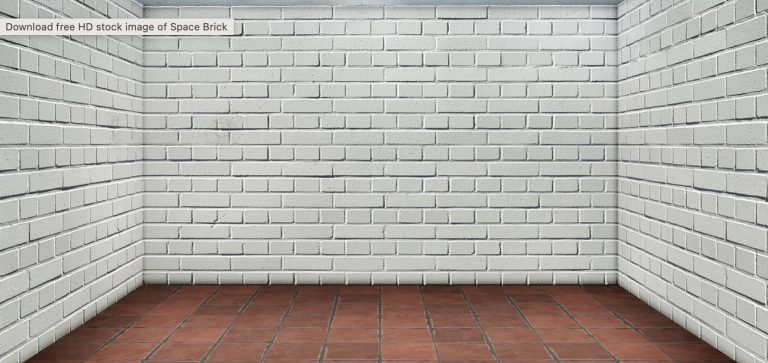If you think about home improvements, what comes to mind? Likely it’s new soft furnishings, a fresh lick of paint, maybe a changeup of the art on your walls. However, to truly make an impact, you might need to think beyond the four walls, and into the four walls.
Story Stages
What is Partition Wall Insulation?
When people think about insulation, they tend to concentrate on external walls, floors and roofs. Partition walls can also benefit from the addition of insulation. Partition walls are the internal walls that separate rooms within a home, typically supported with a metal or wooden frame. If these walls aren’t insulated, it can have a negative effect on the whole of your home atmosphere. Sound bleeds and heat escapes, and rooms burn quicker in a fire. However, with appropriate insulation filling the spaces within the frames, your acoustic insulation is improved as well as your fire performance. There are various options when it comes to the internal wall insulation material that you can use, although they are al united in their goal to improve sound and heat escaping. There are different types that suit different situations, so you have quite the choice to make.
Why Should You Install Partition Wall Insulation?
Partition wall insulation is an effective way to improve sound and thermal insulation, thus having a positive impact on your home environment. Sound bleeding from room to room will be reduced, and your energy efficiency will be increased. This encourages more privacy within the home, as well as less disturbance for neighbours outside the home. Furthermore, your energy bill will also be reduced due to the efficiency that partition wall insulation provides.
What Types of Partition Wall Insulation Are Available?
There are three main options for internal partition wall insulation: rolls, slabs, and boards. As you find out more about a few different options, you will be able to make the best decision for your home and budget.
Mineral Wool Insulation
One of the most effective materials on the market is rock mineral wool, such as rockwool rwa45. They improve the thermal and acoustic performance of internal walls, absorbing sound energy and saving thermal energy. In many respects, it is unparalleled in its insulating abilities and the high levels of fire resistance it provides.
PIR Insulation Boards
If you have a tighter budget to stick to, PIR insulation boards offer great thermal benefits with a smaller price tag. Solid insulations are the traditional option in this kind of situation. The name many people know in this field is Celotex, a brand that has become synonymous with the thermal material it manufactures. The thermal conductivity is impressive, with figures as low as 0.022 W/mK.
Phenolic Insulation Boards
The best option for retaining heat is a solid phenolic insulation board, such as the Kingspan Kooltherm K112 Board. This insulation board is perfect for fitting between the studwork of the framework in partition walls and its fibre free insulation. Across all thicknesses, it boasts a superb thermal performance, with a conductivity of just 0.018 W/mK.
The Bottom Line
If you’re looking to make home improvements that actually make a difference, you need to look beyond the superficial and think about ways that you can make changes that have an impact. In this day in age, you want to make changes that make your life easier and reduce how much you have to spend every month running a house. Installing insulation in your partition walls is going to make your home warmer and cosier, reduce the spreading of sound, and reduce your energy bills. What’s not to love?
